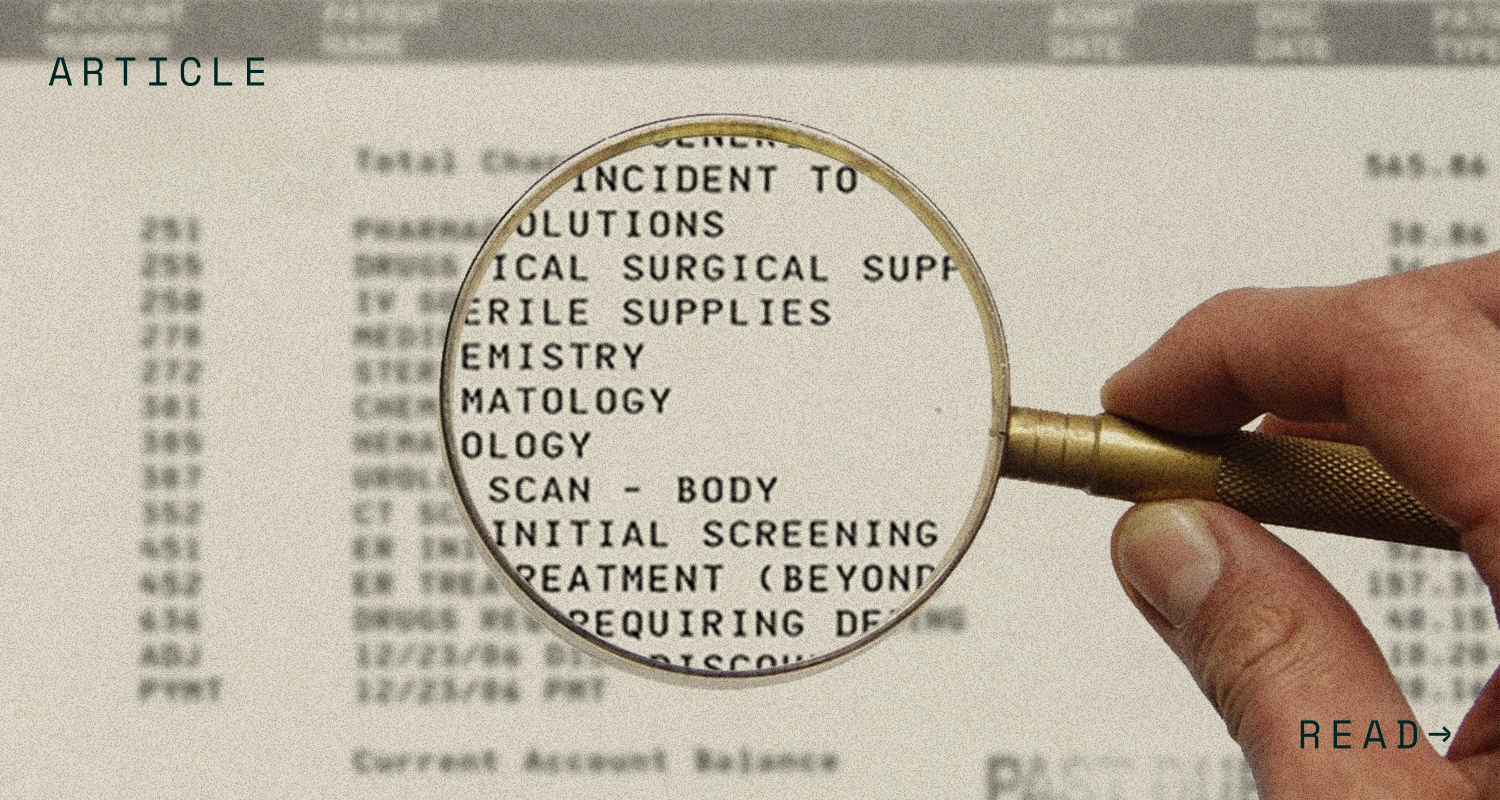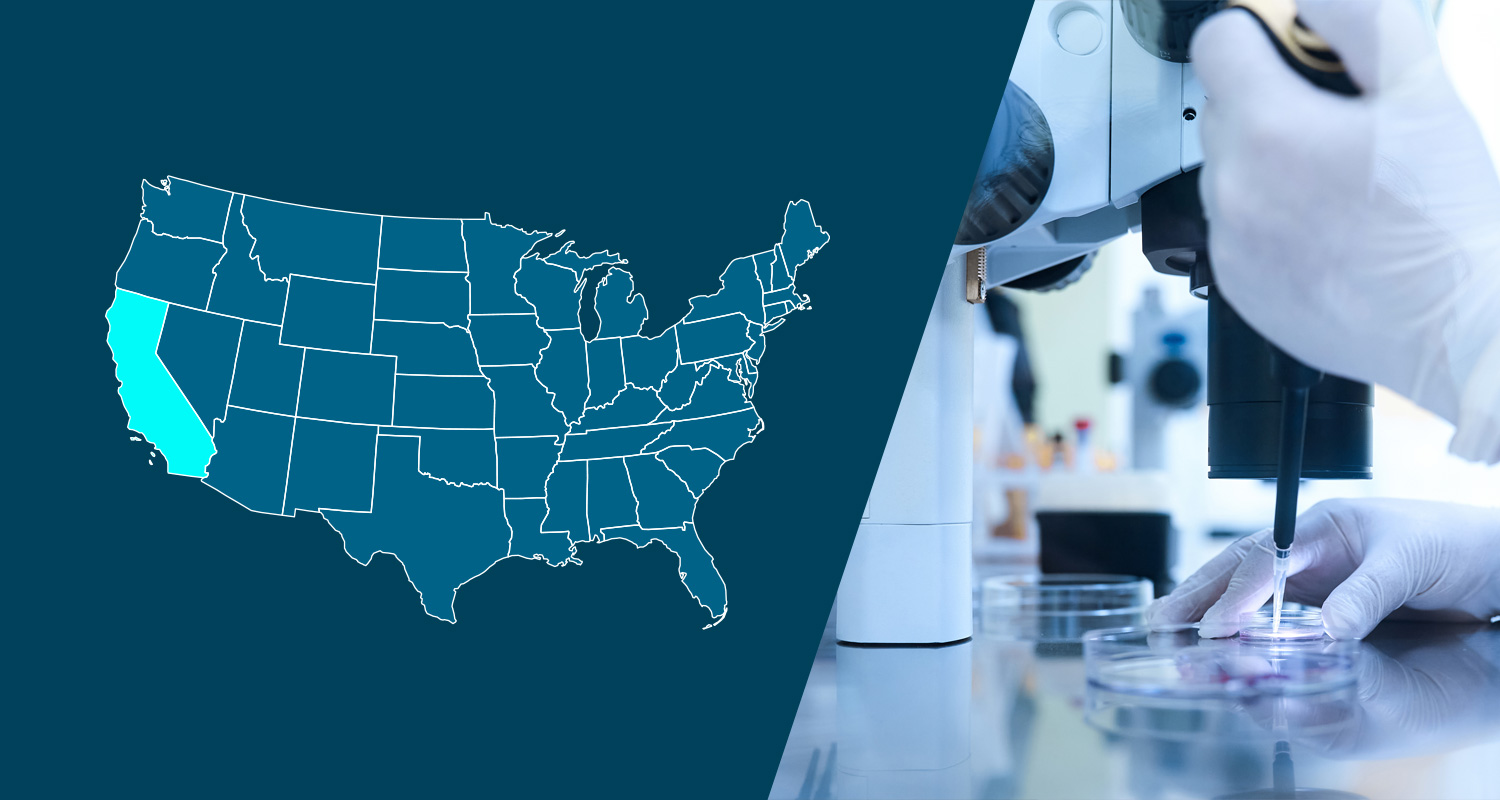On April 28, 2020, Los Angeles County Board of Supervisors approved the COVID-19 Worker Protection Ordinance (“ordinance” or “Supplemental Sick Leave”) that provides two weeks of paid sick leave to workers of private employers for COVID-19 related reasons. The recent enactment of the federal paid sick leave provision of the Families First Coronavirus Response Act (FFCRA) applies only to companies with fewer than 500 employees. This ordinance seeks to “bridge the gap” by creating mandatory paid sick leave for employees of many larger employers working in unincorporated areas of Los Angeles County who are not bound by the FFCRA or Governor Newsom’s Executive Order N-51-20. For more information about both the FFCRA and Executive Order N-51-20, please visit our blog posts here, and here.
This article provides a summary of what we currently know about Supplemental Sick Leave.
Which Employers are Subject to Supplemental Sick Leave?
Supplemental Sick Leave applies to employers with 500 or more employees in the United States. It is currently unclear how to count the total number of employees for these purposes, as the ordinance is silent in this regard.
Who is eligible to take Supplemental Sick Leave?
Any employee who performs work in the unincorporated geographic area of Los Angeles County for an employer as of April 28, 2020, is eligible to take supplemental paid sick leave for a qualifying COVID-19 related reason (discussed below). The ordinance does not apply to a food sector worker covered by Executive Order N-51-20. For more information about Executive Order N-51-20, please see our blog post.
What are the qualifying COVID-19-realted reasons for Supplemental Sick Leave?
An employer must provide supplemental sick leave upon the oral or written request of the employee that is unable to work or telework for one of the four following COVID-19 related circumstances:
- A public health official or healthcare provider requires or recommends the employee isolate or self-quarantine to prevent the spread of COVID-19;
- The employee is subject to a federal, state, or local quarantine or isolation order related to COVID-19 (e.g., is at least 65 years old or has a health condition such as heart disease, asthma, lung disease, diabetes, kidney disease, or weakened immune system);
- The employee needs to care for a family member who is subject to a federal, state, or local quarantine or isolation order related to COVID-19 or has been advised by a health care provider to self-quarantine related to COVID-19; or
- The employee takes time off work because the employee needs to provide care for a family member whose senior care provider or whose school or childcare provider ceases operations in response to a public health or other public official’s recommendation.
How do Employees Request Supplemental Paid Sick Leave?
An employee’s request for Supplemental Paid Sick Leave must be in writing. Unlike the supplemental paid sick leave ordinance enacted by the city of Los Angeles (LA Sick Leave), it does not allow oral requests. For more information about LA Sick Leave please visit our blog post.
Can Employers Require Documentation from a Doctor?
Yes. The ordinance states that an employer may require documentation for the use of Supplemental Sick Leave as permitted under the FFCRA. This is different than LA Sick Leave, which does not permit employers to require doctor’s notes or other documentation for the use of leave.
What is the Amount of Supplemental Sick Leave that must be Provided?
The amount differs for full-time and part-time employees:
- Full-time Employees: An employee who works at least 40 hours per week or is classified as a full-time employee by the employer is entitled receive 80 hours of Supplemental Sick Leave. The leave amount is calculated based on the employee’s highest average two-week pay over the period of January 1, 2020 through April 28, 2020.
- Part-time Employees: An employee who works less than 40 hours per week and is not classified as a full-time employee by the employer is entitled to receive Supplemental Sick Leave in an amount no greater than the employee’s average two week pay over the period of January 1, 2020, through April 28, 2020.
The paid sick leave amount paid to an employee is capped at $511 per day and $5,110 in the aggregate.
Can an Employer Offset Against the Supplemental Sick Leave Amount Required?
If an employer has already provided paid leave for COVID-19-related purposes since March 31, 2020, beyond the employer’s regular or previously accrued leave policy, each hour may be offset against the 80-hour requirement.
How Does Supplemental Sick Leave interact with other paid leave entitlements?
Supplemental Sick Leave is in addition to any paid sick leave an employee receives under California law. Employers cannot require employees use other paid or unpaid leave, time off, or vacation time an employer provides before using this new benefit.
Which Employers are Exempted from Providing Supplemental Sick Leave?
The ordinance does not apply to federal, state or local government agencies. Unlike LA Sick Leave, this ordinance does not provide for any other exemptions.
How long is Supplemental Sick Leave Effective?
The ordinance is effective through December 31, 2020.
Are there any other Prohibitions Placed on Employers?
Employers are prohibited from discrimination and retaliation against an employee for exercising their rights under the ordinance.
What are the Penalties for Non-compliance?
If an employee is improperly denied Supplemental Sick Leave, the ordinance allows an employee to sue the employer and, if successful, may be awarded (1) reinstatement; (2) back pay and supplemental sick pay that was withheld; and (3) attorneys’ fees.
Please note: State and local responses to the pandemic are ongoing and dynamic from day to day. Our compliance team continues to monitor legislation closely and will update this article accordingly as new legislation is released.
Additional Resources:
Los Angeles County COVID-19 Worker Protection Ordinance
The information and materials on this blog are provided for informational purposes only and are not intended to constitute legal or tax advice. Information provided in this blog may not reflect the most current legal developments and may vary by jurisdiction. The content on this blog is for general informational purposes only and does not apply to any particular facts or circumstances. The use of this blog does not in any way establish an attorney-client relationship, nor should any such relationship be implied, and the contents do not constitute legal or tax advice. If you require legal or tax advice, please consult with a licensed attorney or tax professional in your jurisdiction. The contributing authors expressly disclaim all liability to any persons or entities with respect to any action or inaction based on the contents of this blog.




